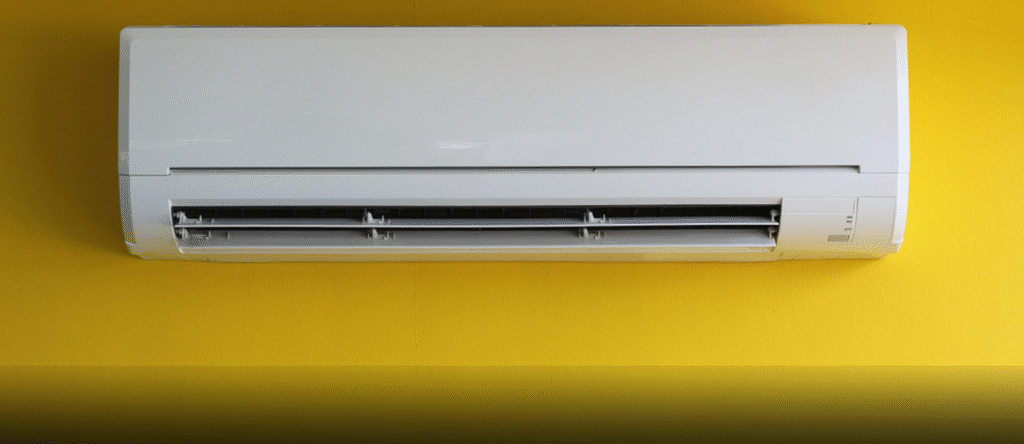
When summer arrives in Pakistan, air conditioners become one of the most sought-after household appliances. Families and businesses rely on them to maintain comfort in the sweltering heat. However, one thing that often surprises buyers is how much AC prices fluctuate over time. What seems affordable in one season may become more expensive in another, and understanding why this happens is crucial for making better buying decisions.
The truth is, AC prices in Pakistan are not static. They are influenced by a variety of economic, environmental, and market-driven factors. By exploring these elements, buyers can better anticipate changes and plan their purchases accordingly.
Delivering Reliable Solutions
Beyond cooling systems, Hyundai Power has earned recognition for offering durable and high-performing products in Pakistan. Their lineup includes Hyundai-branded home appliances, power equipment, solar solutions, lighting, gardening tools, and industrial equipment. Known for innovation and reliability, Hyundai Power continues to meet the needs of households and industries alike, making everyday living more efficient.
Seasonal Demand and Supply
One of the most obvious reasons behind shifting AC prices is seasonal demand. During peak summer months, demand for air conditioners rises sharply. As a result, prices often increase due to higher sales and limited availability. On the other hand, in the off-season—such as winter—buyers may find relatively lower prices because demand drops.
This cycle repeats each year, creating predictable fluctuations. Planning a purchase during the off-season can sometimes help households save money while avoiding stock shortages.
Currency Exchange Rates
Many components used in AC manufacturing are imported. This means that fluctuations in currency exchange rates have a direct impact on final retail prices. When the local currency weakens against the dollar, import costs rise, which eventually pushes prices higher. Conversely, when exchange rates stabilize, the pressure on costs eases, although reductions are not always immediate.
Energy Efficiency Standards
Modern buyers are increasingly conscious about electricity consumption. Air conditioners that offer higher energy efficiency ratings often cost more initially, but they save money in the long run. As new technologies are introduced and efficiency standards rise, prices adjust to reflect the value of these improvements.
Government Policies and Taxes
Import duties, sales taxes, and other government policies also influence AC prices in Pakistan. Any changes in tax structures, customs regulations, or energy policies can quickly alter the retail cost. For example, when the government increases import tariffs, buyers see an immediate price hike in the market.
Technological Advancements
The air conditioning industry is evolving rapidly. Features like inverter technology, Wi-Fi connectivity, smart sensors, and air purification systems have become common in newer models. While these features enhance performance and comfort, they also affect prices. Advanced models naturally cost more than basic ones, as they deliver additional value through efficiency and convenience.
Manufacturing and Logistics Costs
AC prices are also shaped by the overall cost of production and distribution. Increases in raw material costs, labor expenses, or transportation charges are passed on to the consumer. External factors such as global fuel prices or disruptions in shipping can further affect local markets.
Consumer Awareness and Preferences
In today’s market, buyers are more informed than ever. They prioritize not just cooling capacity but also long-term savings, durability, and eco-friendliness. This shift in consumer demand has pushed manufacturers to produce more energy-efficient and feature-rich models. As a result, average market prices adapt to reflect these preferences.
Economic Conditions in Pakistan
Broad economic conditions—such as inflation and overall purchasing power—also play a key role in shaping AC prices. When inflation rises, the cost of almost every household item, including air conditioners, goes up. Similarly, when the economy stabilizes, the pressure on consumer goods often reduces, which can help control price fluctuations.
Tips for Buyers Navigating Price Changes
While prices may not always be predictable, buyers can use a few strategies to make smarter decisions:
- Plan Ahead – Avoid buying in peak summer; shop during the off-season instead.
- Research Energy Efficiency – Focus on long-term savings rather than only upfront costs.
- Stay Informed About Policies – Keep an eye on government announcements regarding imports and taxes.
- Compare Features vs. Needs – Don’t overpay for features you don’t require.
- Consider After-Sales Service – Factor in warranty and service support when making a decision.
By following these steps, households can navigate price fluctuations more effectively and find the best value for their investment.
Conclusion
Air conditioner prices in Pakistan are shaped by a combination of factors—seasonal demand, currency fluctuations, government policies, technological advancements, and broader economic trends. While these variables mean that prices will continue to change, informed buyers can plan their purchases strategically to get the most value.
Ultimately, investing in an AC is about more than just immediate cost—it’s about comfort, efficiency, and long-term savings. By understanding what drives price changes, households can make confident, well-timed decisions that ensure cool comfort for years to come.